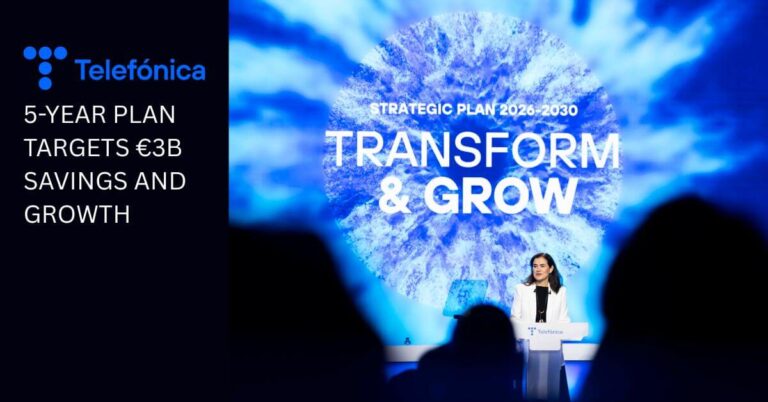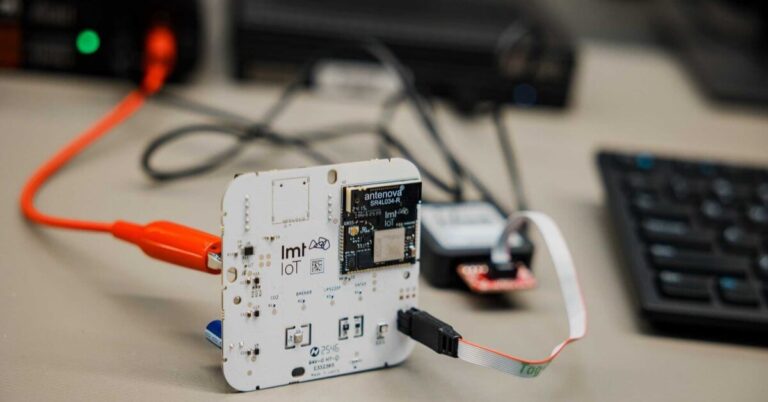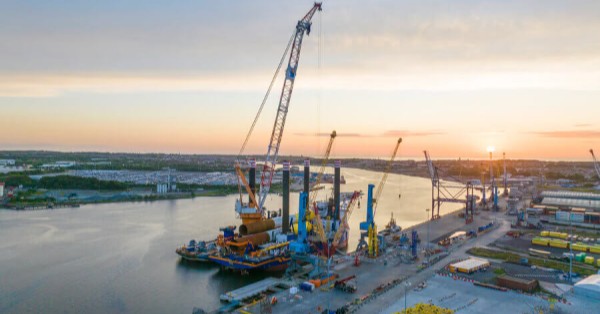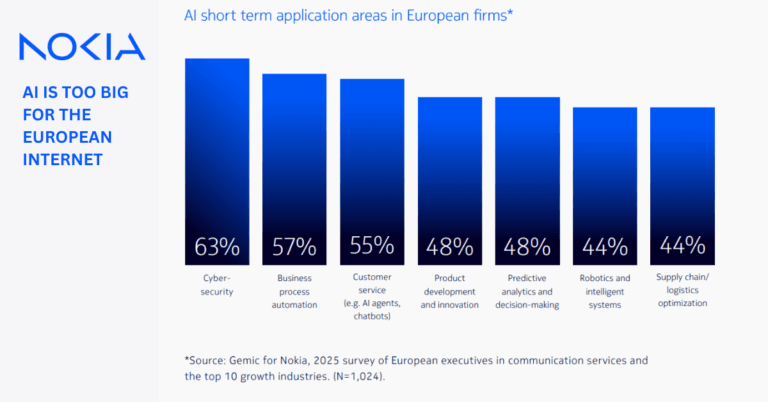Transform & Grow: Telefónica’s 2026–2030 strategy for profitable, scalable growth
Telefónica has launched a 2026–2030 plan to accelerate growth, simplify operations, and unlock up to €3 billion in savings while doubling down on its core markets and technology investments.
Strategy and geographic focus: Spain, Germany, UK, Brazil
Under CEO Marc Murtra, Telefónica is concentrating on Spain, Germany, the UK and Brazil—markets where it believes it can achieve world-class scale and returns—after streamlining its Latin American footprint in recent years.
The company’s north star is clear: deliver a best-in-class digital experience and operate as a European leader with profitable scale across both consumer and enterprise segments.
Six execution pillars: CX, convergence, B2B, networks/IT, operating model, talent
The plan is anchored on six priorities: elevate customer experience (with AI-led care and better network performance), expand B2C convergence and digital ecosystem services, scale B2B and public administration, invest in fixed and mobile networks while modernizing IT, simplify the operating model with more country autonomy and scaled global units, and strengthen talent and execution culture.
Financial framework: €3B savings, growth guidance and capital returns
The financial architecture balances cost takeout, disciplined growth, and a reset dividend policy tied to free cash flow.
Efficiency roadmap to €3B by 2030
Telefónica targets a gross impact of up to €2.3 billion in 2028 and €3 billion by 2030, driven by technology and operational excellence, process simplification, digital transformation, and monetization of legacy network assets as shutdowns progress.
The company aims for growing, de-risked free cash flow, maintained investment-grade metrics, and more financial flexibility to fund network upgrades and product innovation.
Growth targets, EBITDA guidance, and balance sheet resilience
Revenue is guided to a 1.5%–2.5% CAGR from 2025–2028, accelerating to 2.5%–3.5% in 2028–2030; adjusted EBITDA is guided to the same ranges across the two periods.
In Q3 2025, revenue declined 1.6% year-on-year to just under €9 billion due to exchange-rate pressures, and net income fell to €271 million after an impairment in Telefónica Tech; net financial debt was €28.2 billion at 30 September, with the company citing fiber and 5G additions and reiterating full-year guidance.
Dividend reset tied to free cash flow and leverage
The 2025 dividend is confirmed at €0.30 per share, paid in December 2025 and June 2026; for 2026, the dividend will be €0.15 per share, payable in June 2027, with a 40%–60% of base free cash flow payout target for 2027 and 2028.
This shift prioritizes investment in core technology and aligns shareholder returns with cash generation and leverage objectives.
Why it matters: Europe’s investment gap, consolidation, and monetization
The plan addresses Europe’s investment gap, monetization challenges, and the imperative to convert network leadership into cash-generative digital services.
Europe’s investment gap and consolidation outlook
Telefónica frames the strategy within Europe’s fragmentation and persistent under-investment relative to the US and China, arguing that limited consolidation has diluted returns and slowed modernization.
While the plan does not assume mergers, Telefónica says it is ready to act if opportunities arise, citing potential synergies of €18–€22 billion across its core markets—value that could underpin more efficient capex and service innovation.
From networks to experiences: AI-led care and QoE
Customer experience is the differentiator: applying AI to care, proactive assurance, and journey orchestration, while tightening quality-of-experience metrics on fiber and 5G, should lower churn and boost ARPC through converged bundles and ecosystem add-ons.
Execution will require price discipline, smarter device and content economics, and targeted investment in in-home performance where convergence is the growth engine.
B2B and public sector growth: secure connectivity, cloud, cybersecurity
Telefónica plans to modernize communication services in Spain and Brazil, pursue opportunities in the UK and Germany, and accelerate digital services by leveraging Telefónica Tech, global business units, and local channel partnerships.
Expect emphasis on secure connectivity, cloud-aligned services, managed collaboration, and cybersecurity for public administration and regulated industries.
What it means for vendors, partners, and enterprise buyers
Vendors and customers should prepare for tighter outcome-based engagement, faster migrations off legacy platforms, and more country-led decision-making with global scale where it counts.
For network and IT vendors: modernization, automation, AI ops
Opportunities concentrate in 5G and fiber enhancements, IT stack modernization, automation platforms, and AI-infused customer operations; proof of measurable opex reduction and service-quality gains will be table stakes.
Expect procurement to blend local autonomy with global frameworks to capture scale without slowing delivery.
For hyperscalers and software partners: data, co-sell, public sector
Telefónica Tech and global units will be pivotal routes to market; partners that align on data residency, joint engineering, and co-selling into public sector and large enterprise will have an edge.
For enterprise buyers: rationalization, SLAs, secure migration
Plan for portfolio rationalization and contract simplification as legacy networks are retired; prioritize solutions with clear SLAs, integrated security, and migration roadmaps that limit disruption during shutdown programs.
Public sector buyers should watch for framework updates that bundle secure connectivity with managed cloud and cyber services.
Key metrics and milestones to watch in 2026–2030
Key indicators will reveal whether Transform & Grow translates into durable growth and cash generation.
Execution milestones: savings, churn/NPS, shutdowns, deleveraging
Track run-rate savings versus the €2.3 billion 2028 and €3 billion 2030 targets, EBITDA acceleration post-2028, churn and NPS trends, and B2B/public sector growth relative to consumer convergence.
Monitor the cadence of legacy network shutdowns and asset sales, expansion of convergence in the UK and Germany, share dynamics in Spain and Brazil, deleveraging progress, and any strategic moves on consolidation consistent with Europe’s autonomy agenda.
If Telefónica delivers against these milestones while maintaining investment grade, the dividend reset should unlock a more resilient, growth-weighted cash profile—and set a template other European operators may follow.








































